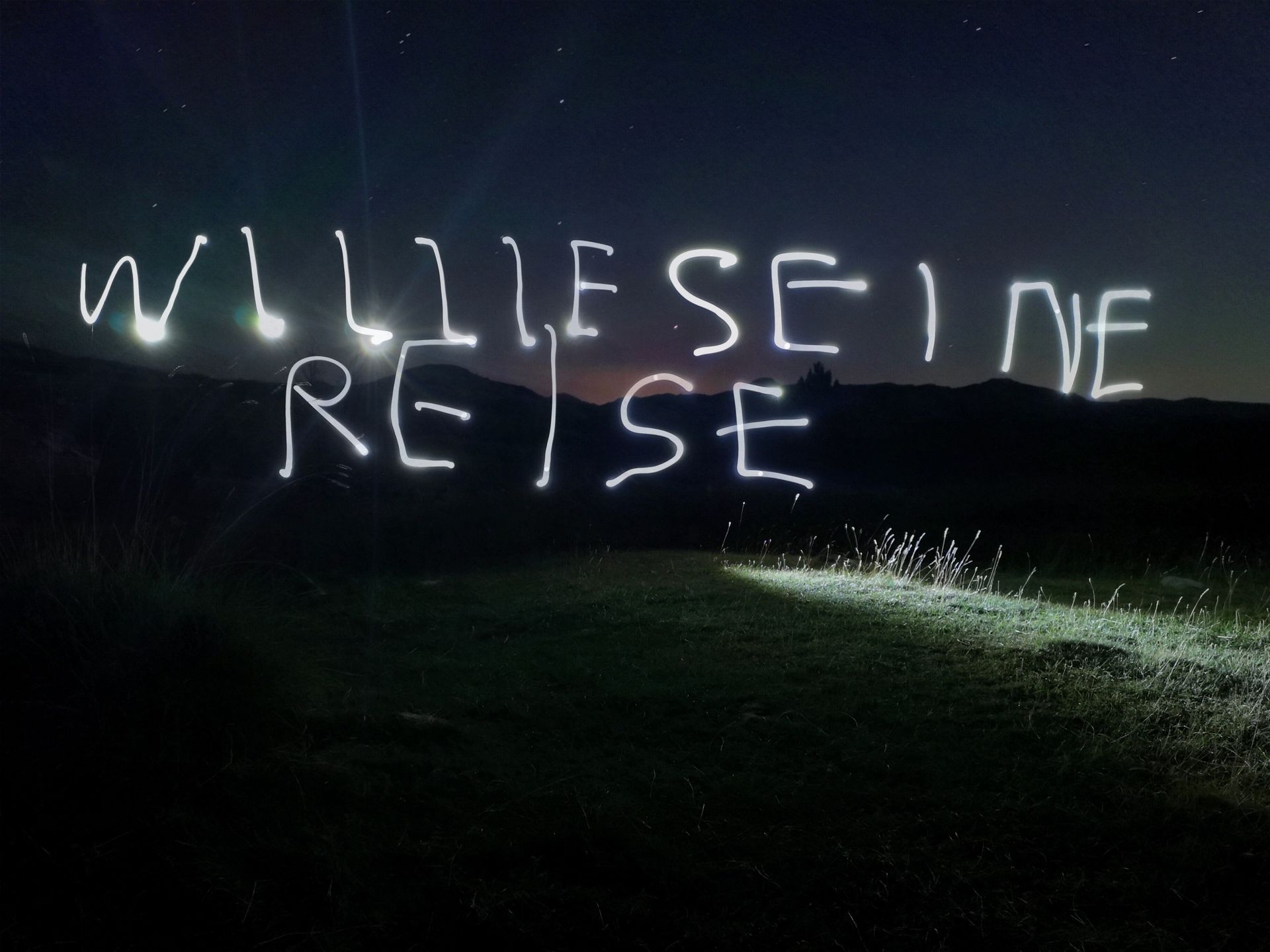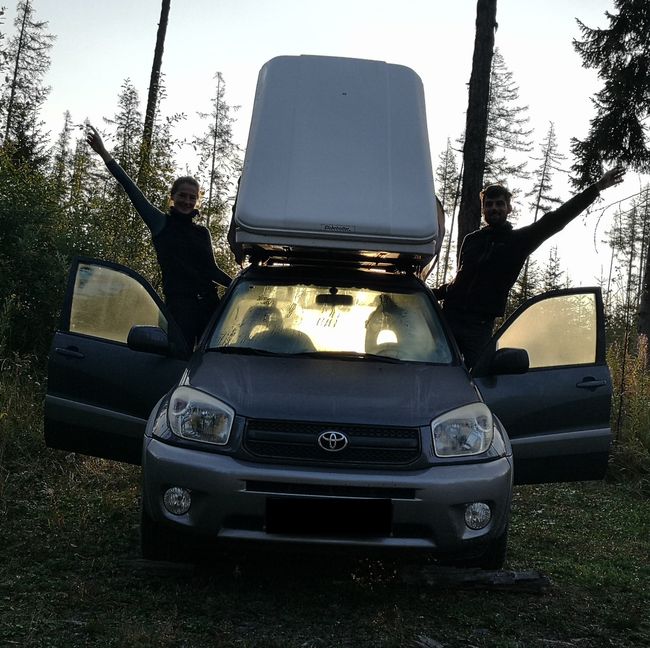The Taj Mahal and Fatehpur Sikri
प्रकाशित: 03.03.2023
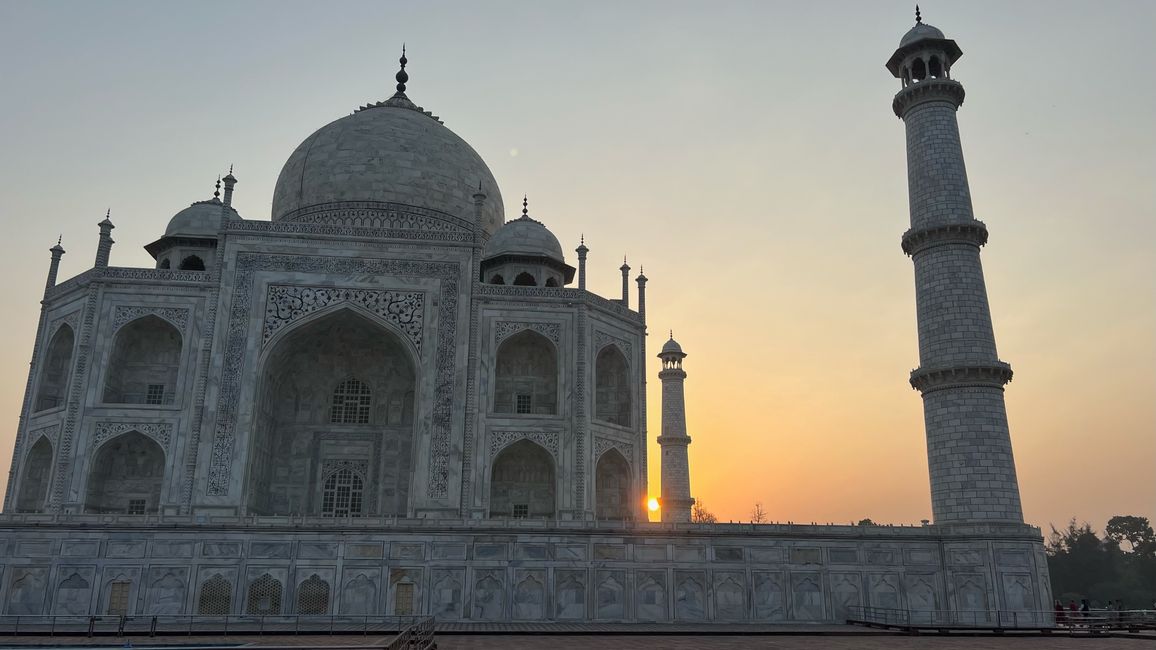
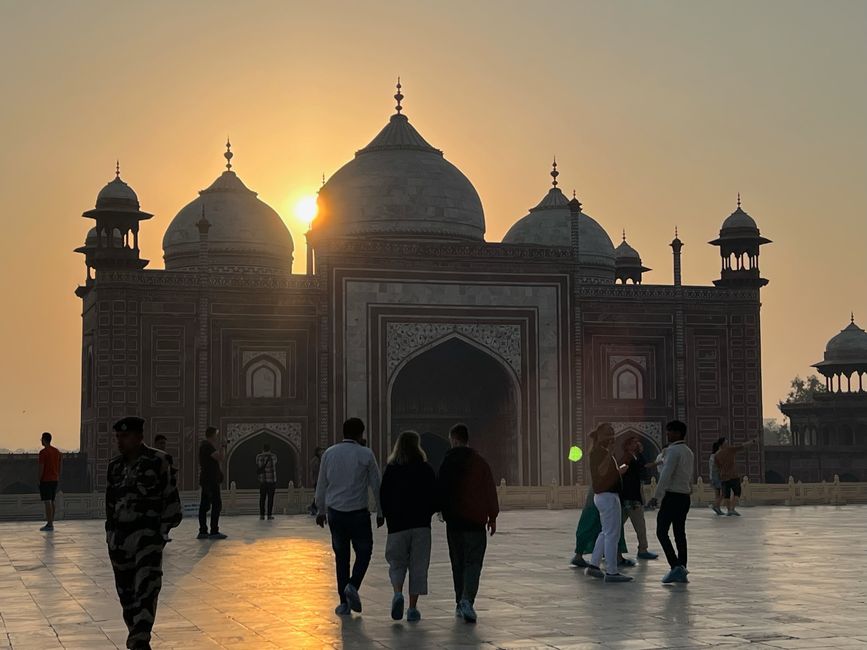
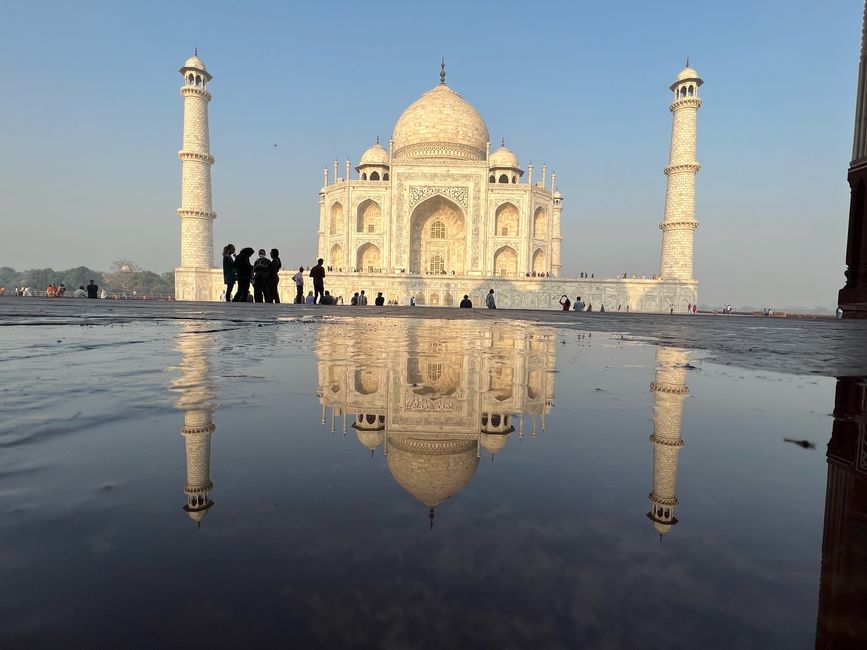
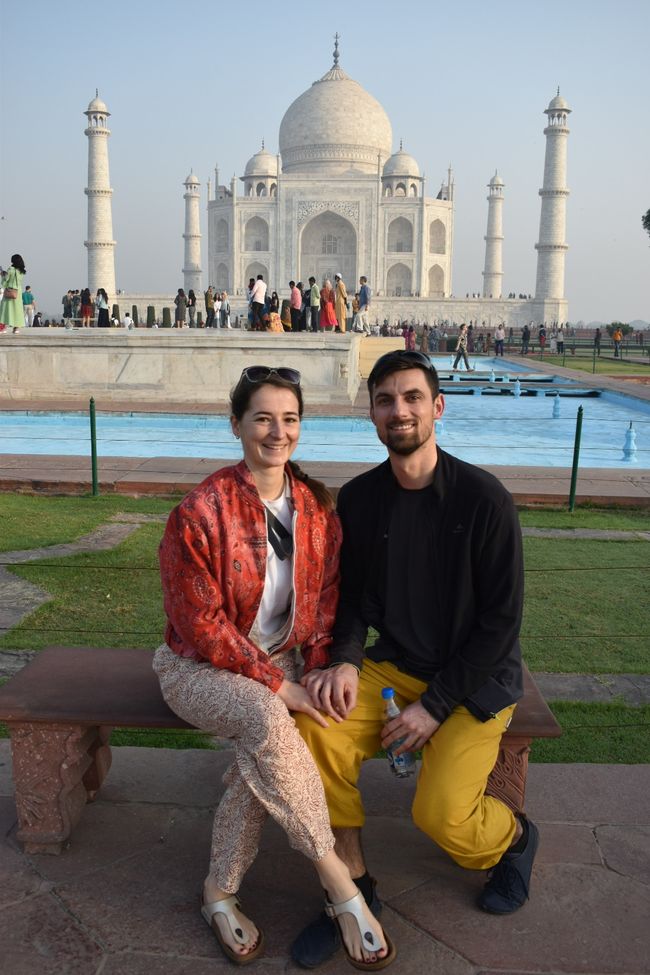
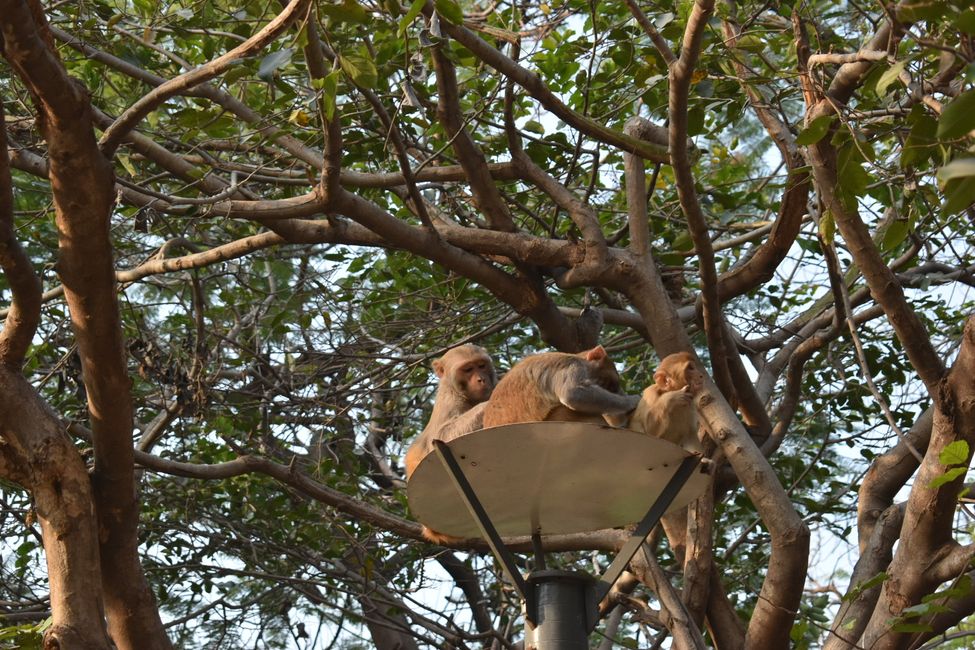
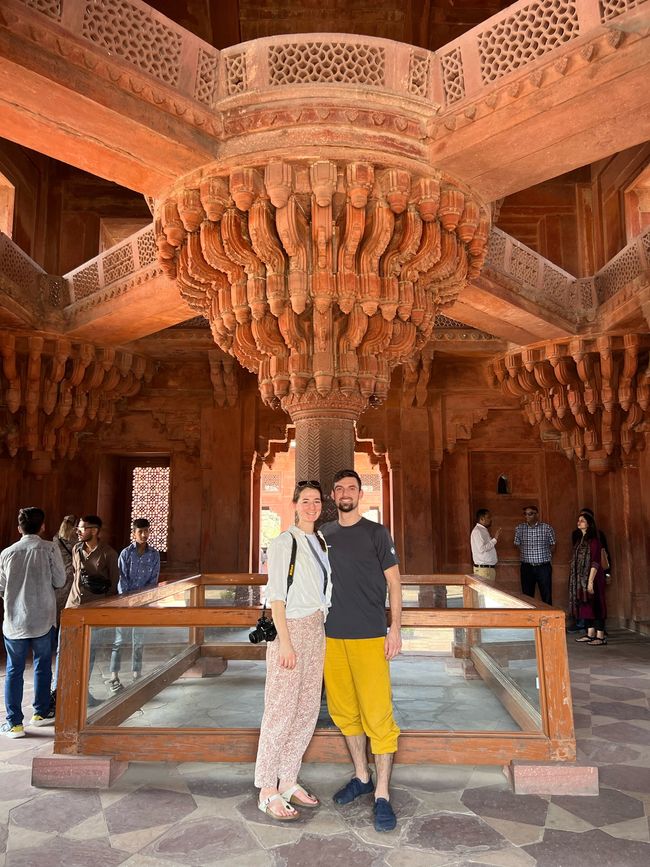
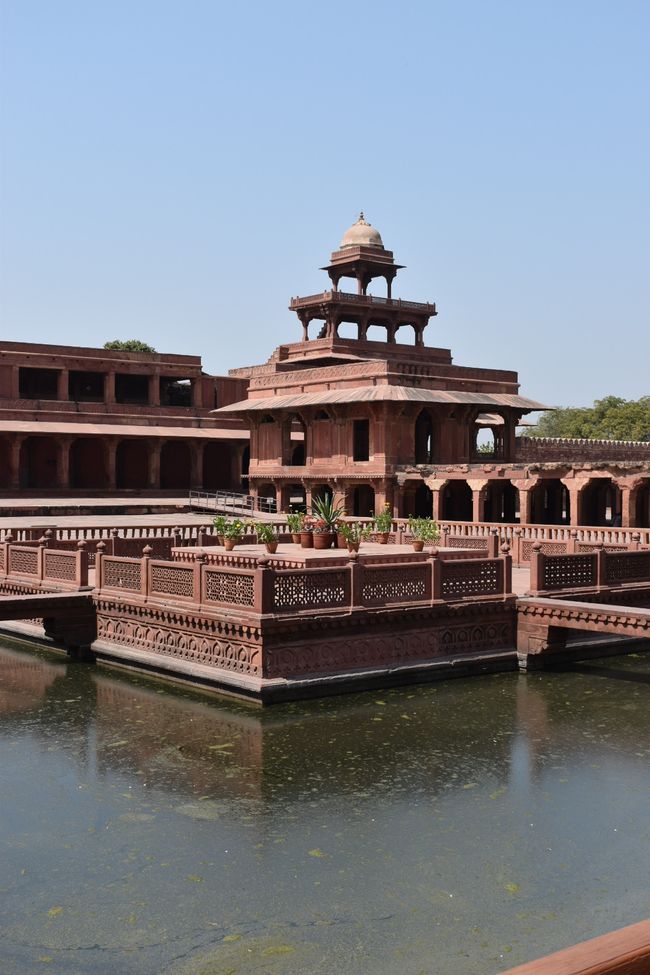
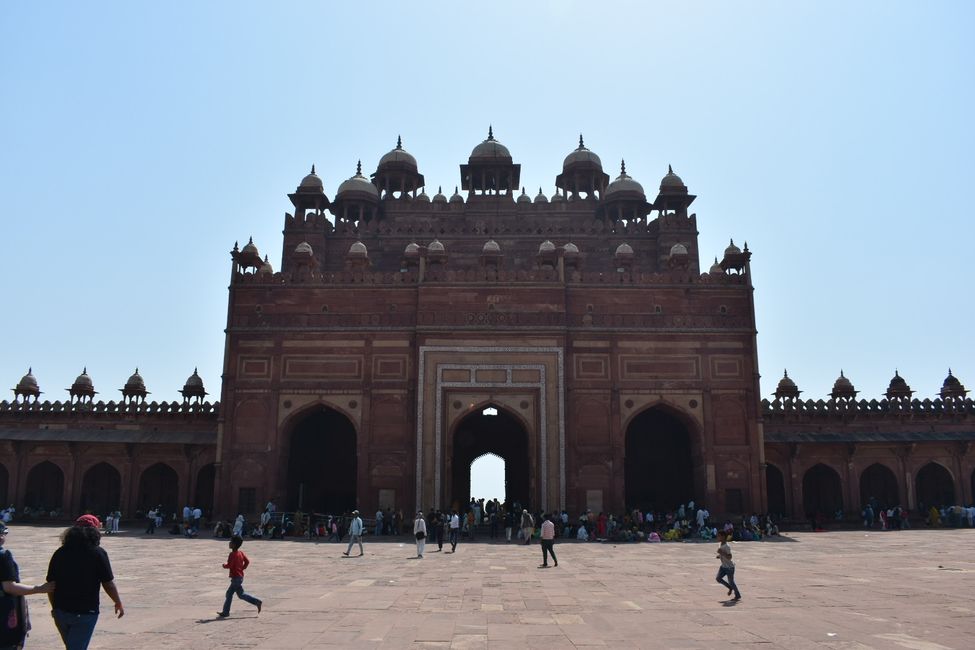
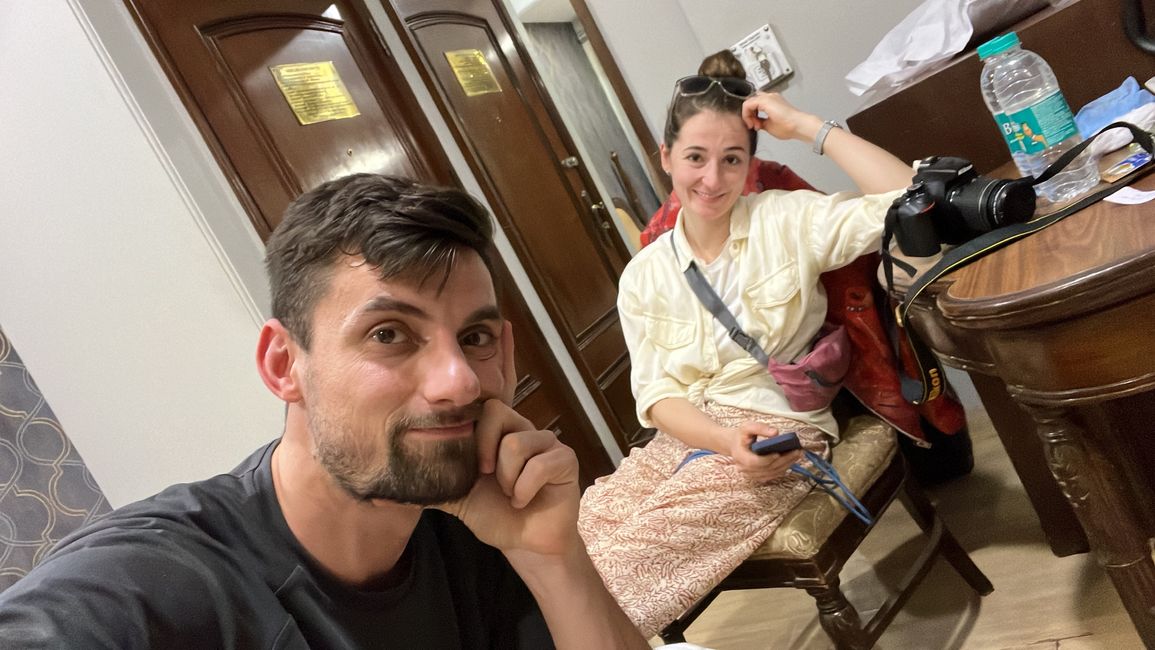
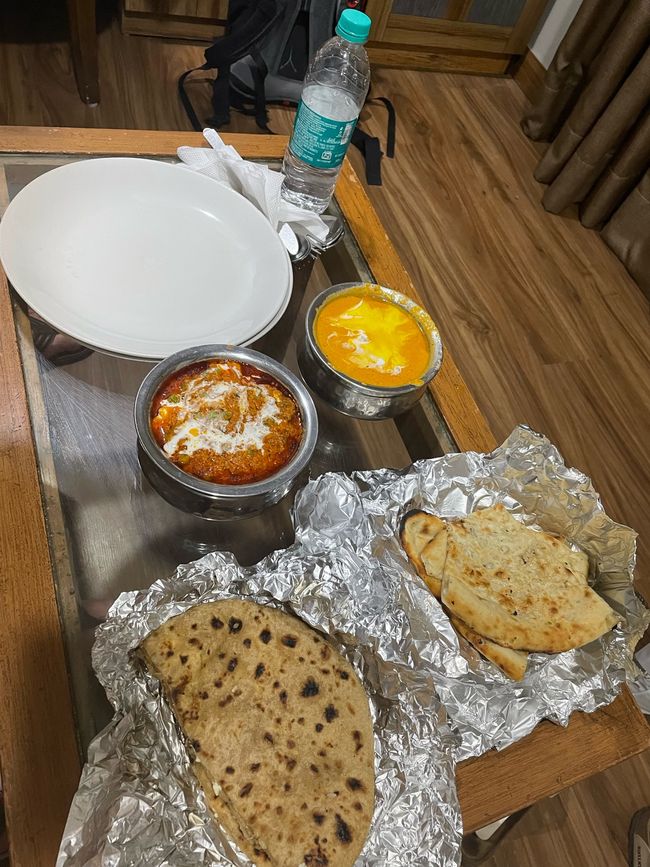
समाचारपत्रको सदस्यता लिनुहोस्
The early bird catches the worm... or visits one of the Unesco World Heritage Sites, the Taj Mahal, at sunrise! We met Pradeep and Sanjey in front of the hotel at 6:00 am and started right away. Of course, we were not the only ones with this idea, but the crowds were manageable.
After a security check, which Gunther managed to pass with a stuffed animal hidden in a tissue pack, we learned about the history of the building and could hardly take our eyes off the spectacular, magnificent marble mausoleum. The construction took a total of 22 years and was built by Shah Jahan solely as a tomb for one of his (total of 14) wives, Mumtaz-I-Mahal, in almost perfect symmetry. Slowly, the sun appeared in the sky and the precious stones, set with the most delicate handiwork, began to sparkle everywhere. An indescribable view! The flanking buildings made of red sandstone from Rajasthan also impressed with detailed, fantastic decorations and a grand appearance. According to Sanjey, the Taj Mahal cost 700 million Indian rupees - 400 million for the construction materials and 300 million for craftsmanship and architecture. Quick reminder: we are talking about a tomb here...
On the way back, Lotti was distracted by monkeys, stray dogs, and chipmunks, which are as much a part of everyday life in India as cows!
Back at the hotel, we had a European-friendly breakfast with some exotic dishes like flatbread, lentil dishes, papaya, etc.
Before we headed to our next sight on the way back to New Delhi, with the help of Sanjey's recommendation, we dressed up for the upcoming wedding of Arri and Jürgen on Tuesday - but we won't reveal more about that for now!
We then continued to Fatehpur Sikri, the temporary capital of the Mughal Empire between 1572 and 1585, which was abandoned due to water scarcity. The impressive palace made of red sandstone was once inhabited by the Muslim ruler Akbar and his three wives. For the three wives with three different religious beliefs (Hindu, Christian, and Muslim), their own "residential units" ... or temples ... were built. The adjacent Jama Masjid mosque, which is extremely spacious, can be entered through one of India's tallest gates (the so-called Victory Gate, over 54 meters high). The centerpiece, the marble-built place of worship, is considered the blessed place of the ruler Akbar's Hindu wife. This blessing led to the only descendant of Akbar, which was the reason for the construction of his opulent palace!
After a 4-hour drive through the partially chaotic traffic, we arrived at our hotel without any accidents! It's astonishing how calmly Pradeep navigates us through the crowded streets of India without any fender benders or disputes.
Upon arriving at the hotel, we had our first experiences with... let's call it... different hygiene. Eventually, after about 2 hours of arrival, we were given a new room that was much cleaner. However, we now listen to the persistent hum of a water pump that briefly pauses its work between 12:30 am and 03:30 am.
Although we were not sure how unpopular we made ourselves at the hotel, we had dinner there - and we were pleasantly surprised!
समाचारपत्रको सदस्यता लिनुहोस्
जवाफ
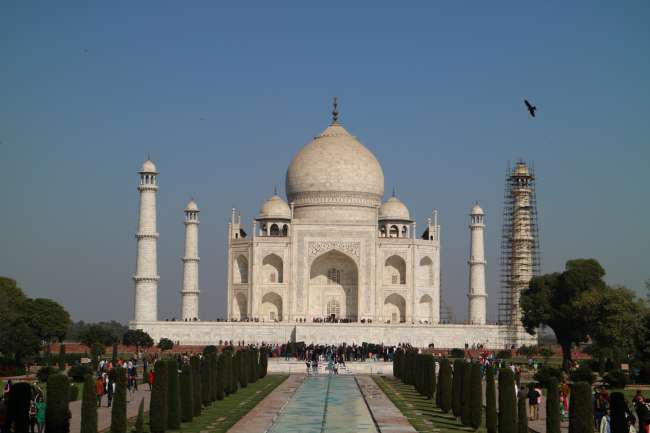
यात्रा रिपोर्टहरू भारत
